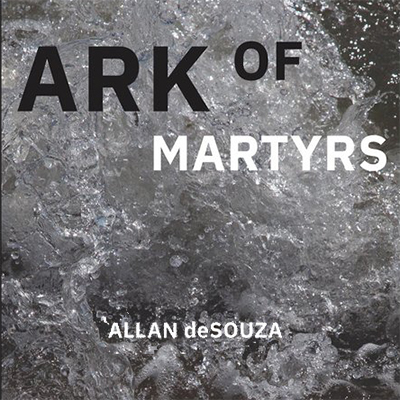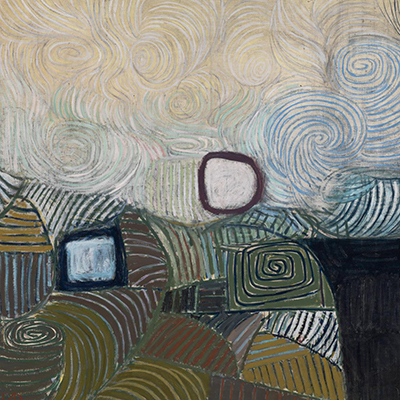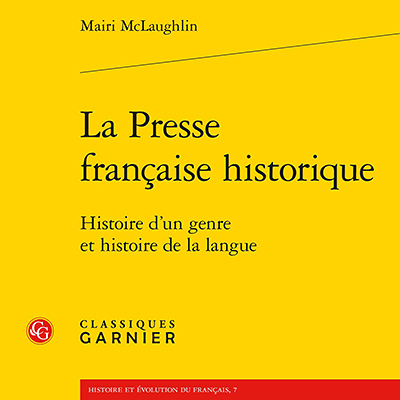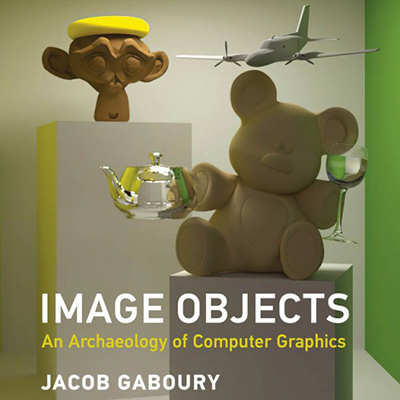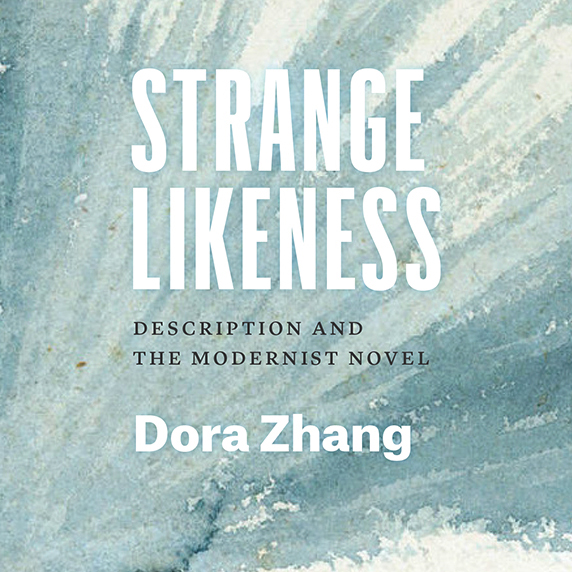
The modern novel, so the story goes, thinks poorly of mere description — what Virginia Woolf called “that ugly, that clumsy, that incongruous tool.” As a result, critics have largely neglected description as a feature of novelistic innovation during the 20th century. Dora Zhang (Comparative Literature and English) argues that descriptive practices were in fact a crucial site of attention and experimentation for a number of early modernist writers, including Woolf, Henry James, and Marcel Proust.
Description is the novelistic technique charged with establishing a common world, but in the early 20th century there was little agreement about how a common world could be known and represented. In Strange Likeness (Chicago, 2020), Zhang argues that the protagonists in her study responded by shifting description away from visualizing objects to revealing relations — social, formal, and experiential — between disparate phenomena. In addition to shedding new light on some of the best-known works of modernism, Zhang opens up new ways of thinking about description more broadly.
Zhang is joined by Ramsey McGlazer (Comparative Literature). After a brief discussion, they respond to questions from the audience.
